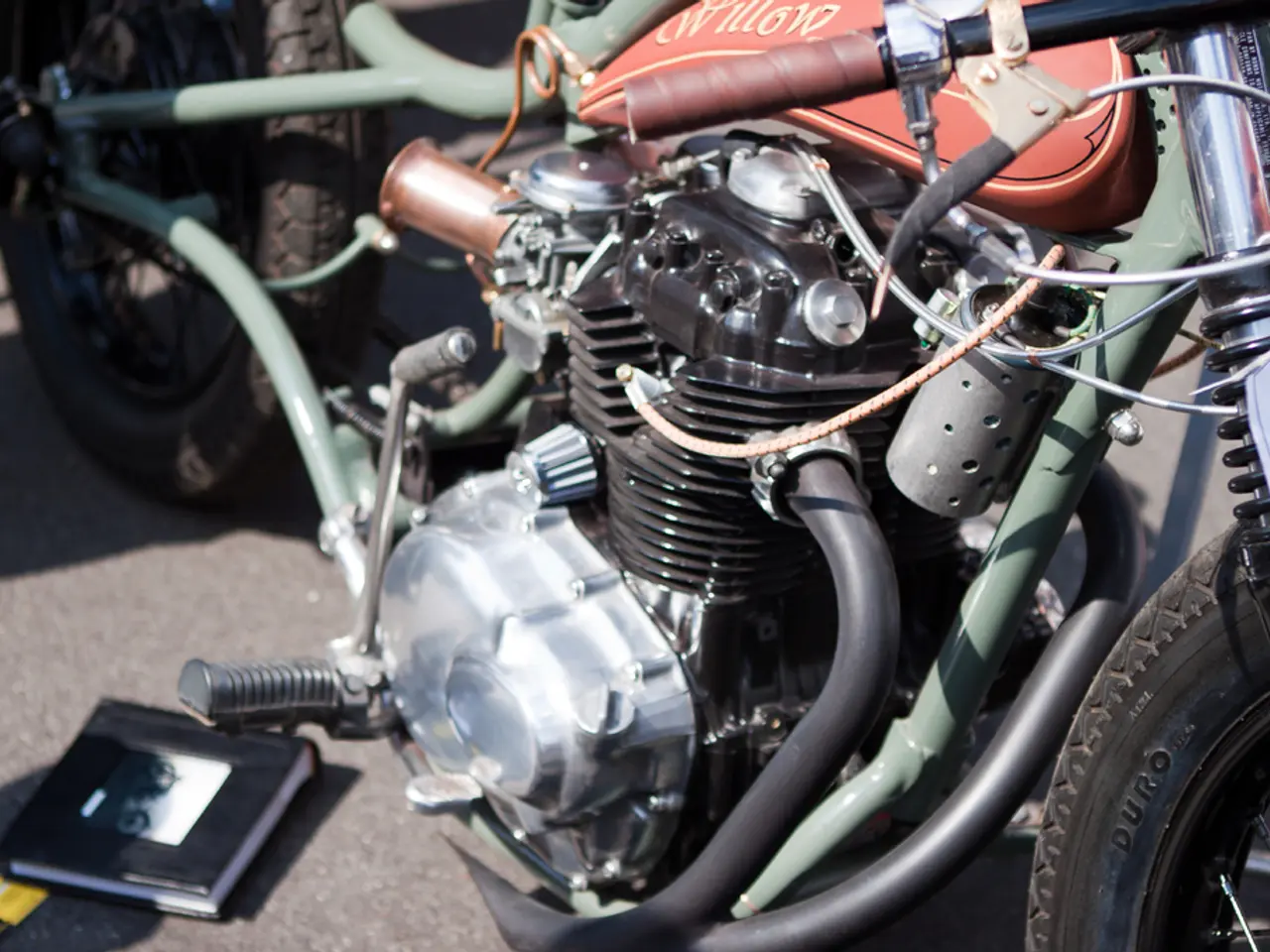Future Best Drones: Alter Your Viewpoint in 2025
In the ever-evolving world of technology, drones have become an integral part of modern creativity. This article takes a closer look at some of the latest offerings from DJI and their competitors, focusing on features, camera performance, and price points.
DJI's Impressive Lineup
The DJI Flip, a lightweight and user-friendly drone, stands out for its AI-powered features, 4K camera performance, and double the flight time of the Neo. It boasts front and rear obstacle sensing, robust design, and easy-to-use flight control. The DJI Flip, weighing just 249g, avoids the need for advanced pilot licenses in many regions.
The DJI Mavic 4 Pro, a top-tier drone for professional creators, features a 100MP Hasselblad camera, 6K/60fps video, and a 360° rotating gimbal. Its triple-camera array and Hasselblad sensor produce detailed and cinematic footage.
The DJI Mini 4 Pro, a sub-250g drone, doesn't require additional licenses to fly in many countries and offers 4K/100fps video, omnidirectional obstacle sensing, and advanced tracking.
The DJI Air 3S is a mid-range drone that offers a harmonious blend of performance, camera quality, and advanced features.
Competitive Alternatives to DJI
For professional creators seeking alternatives to DJI drones, several options are available. The Autel Robotics EVO II Pro V3, with its 1-inch 20 MP CMOS sensor and versatile lens options, is a strong competitor. It offers long flight times and industry-leading image quality, though it comes with a higher price and a steeper learning curve for advanced controls.
The Potensic Atom SE, valued for its cost-effectiveness, is praised for its 4K HD camera capable of 30 fps video and 12 MP photos. While it lacks obstacle avoidance, it is recommended for both beginners and experienced users due to its sturdy construction.
The Autel EVO Lite+, noted for its professional features and lower cost compared to DJI Mavic 3 series drones, represents a good balance of price and performance for professional creators.
The Potenzi Atom, another non-DJI drone under 250g, delivers 4K video and three-axis stabilization, offering about 30 minutes of battery life and good flight precision.
Lastly, the Potensic Atom 2, a budget drone, punches well above its weight, offering 4K video, a solid 32-minute flight time, and intelligent flight modes.
In conclusion, these options provide a range of price points, camera capabilities, and features tailored to professional creators needing alternatives to DJI drones. Whether you're a beginner or a seasoned professional, there's a drone out there to suit your needs and budget.
[1]: Autel Robotics EVO II Pro V3 - https://autelrobotics.com/products/evo-ii-pro-v3 [2]: Potensic Atom - https://www.potensictech.com/products/atom-drone [3]: Autel EVO Lite+ - https://autelrobotics.com/products/evo-lite-plus [4]: Potensic Atom SE - https://www.potensictech.com/products/atom-se-drone [5]: DJI Flip - https://www.dji.com/flip [6]: DJI Mavic 4 Pro - https://www.dji.com/mavic-4-pro [7]: DJI Mini 4 Pro - https://www.dji.com/mini-4-pro [8]: DJI Air 3S - https://www.dji.com/air-3s [9]: HoverAir X1 Pro - (Not a DJI product) [10]: DJI Avata 2 - https://www.dji.com/avata [11]: Motion 3 controller - (Not a standalone product, often bundled with DJI drones)
Gadgets such as the DJI Flip, DJI Mavic 4 Pro, DJI Mini 4 Pro, and DJI Air 3S are examples of advanced technology in the world of drones. When it comes to alternatives, technology from companies like Autel Robotics (EVO II Pro V3) and Potensic (Atom, Atom SE) offers competitive features for professional creators seeking options outside of DJI's product line.




